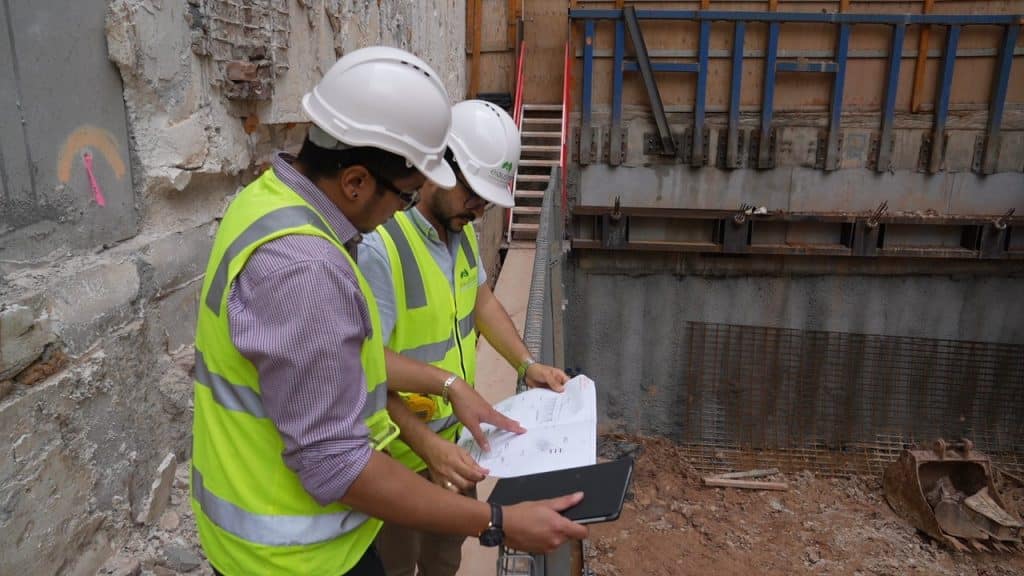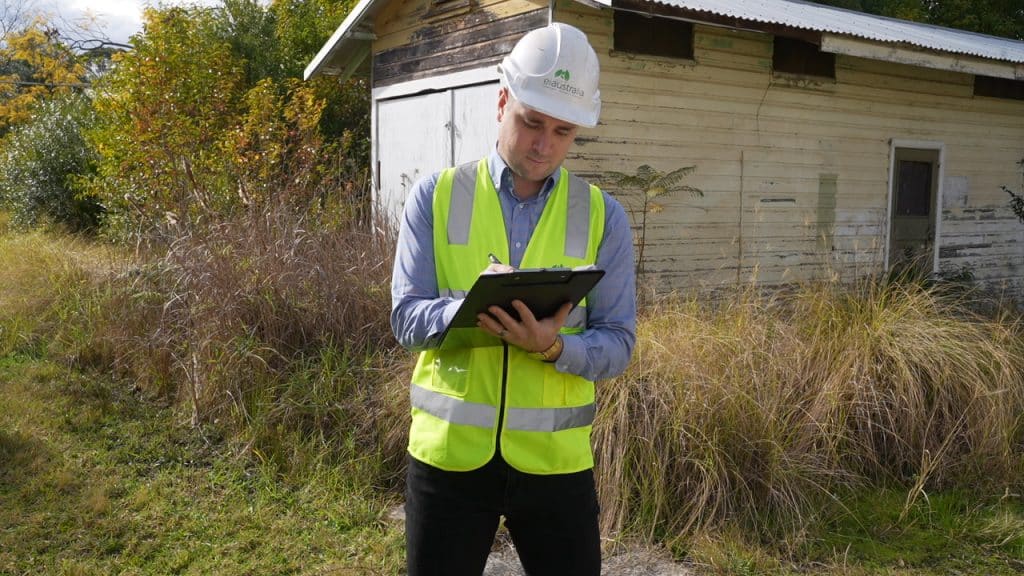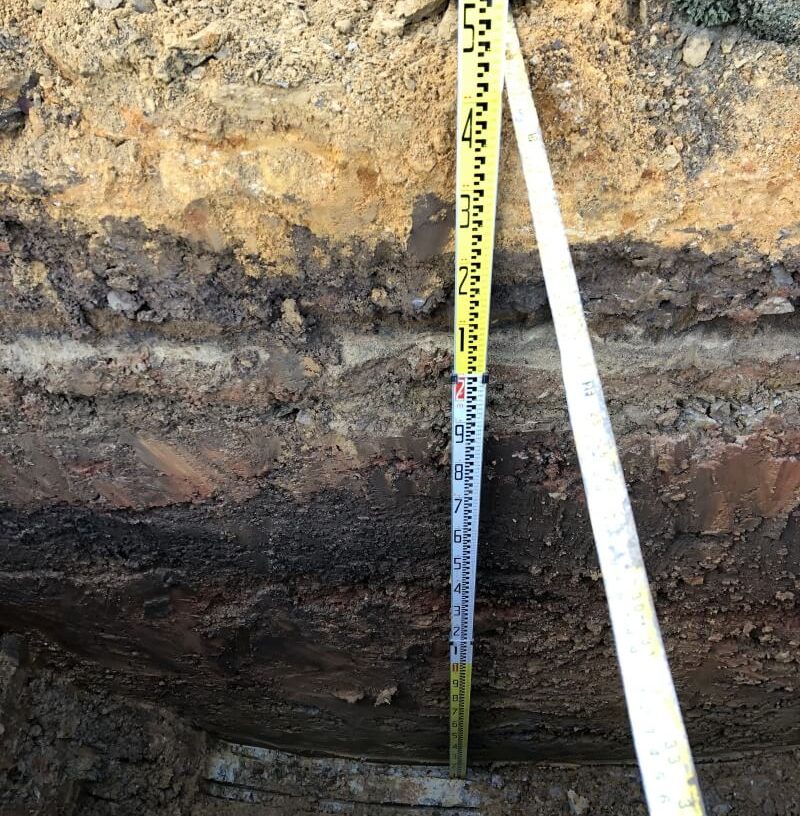- Home
 EI Australia
EI AustraliaAustralian-owned, professional services company providing:
Let's start your project guided by our expertsWith a dynamic team of over 200 professionals, EI Australia excels in providing innovative, practical and cost-effective expertise in environmental, geotechnical, structural and civil engineering.
- ExpertiseOur Solutions & Services
Our goal is to offer an unparalleled level of service to our highly respected clients. We guarantee that our expertise, professionalism and dedication will guide you toward meeting your unique engineering needs.
- ProjectsExplore our outstanding projects
- Our TeamLeading Experts
 Eric Gerges
Eric GergesMANAGING DIRECTOR
 Dr Vagner Jorden
Dr Vagner JordenDIRECTOR
 Graeme Deaker
Graeme DeakerDIRECTOR – STRUCTURAL ENGINEER
- NewsRead our latest EiAustralia News
- About EIWho We Are
Mission Statement:
Empowering Innovation: At EI Australia, our mission is to deliver innovative engineering solutions that drive progress and sustainability. We are committed to excellence, integrity and the continuous advancement of our team and technology to meet the unique challenges of every project. Through a focus on quality and client satisfaction, we foster a collaborative environment that encourages our team to excel and innovate in the industry.
Vision Statement:
Our vision is to become a leading, all-encompassing provider of Engineering Science Consulting services on both a national and international scale to ensure clients can expect exceptional value and responsiveness without compromising quality.

- CareersCome Join Us
At EI Australia, we believe in more than just delivering exceptional engineering solutions—we believe in building extraordinary careers. As an industry powerhouse, we’re driven by innovation, excellence, and a collaborative culture that fosters growth and opportunity.

- ContactConnect with us now
Sydney
Suite 6.01, 55 Miller St
Pyrmont NSW 2009
Phone: (02) 9516 0722
Email: service@eiaustralia.com.au













